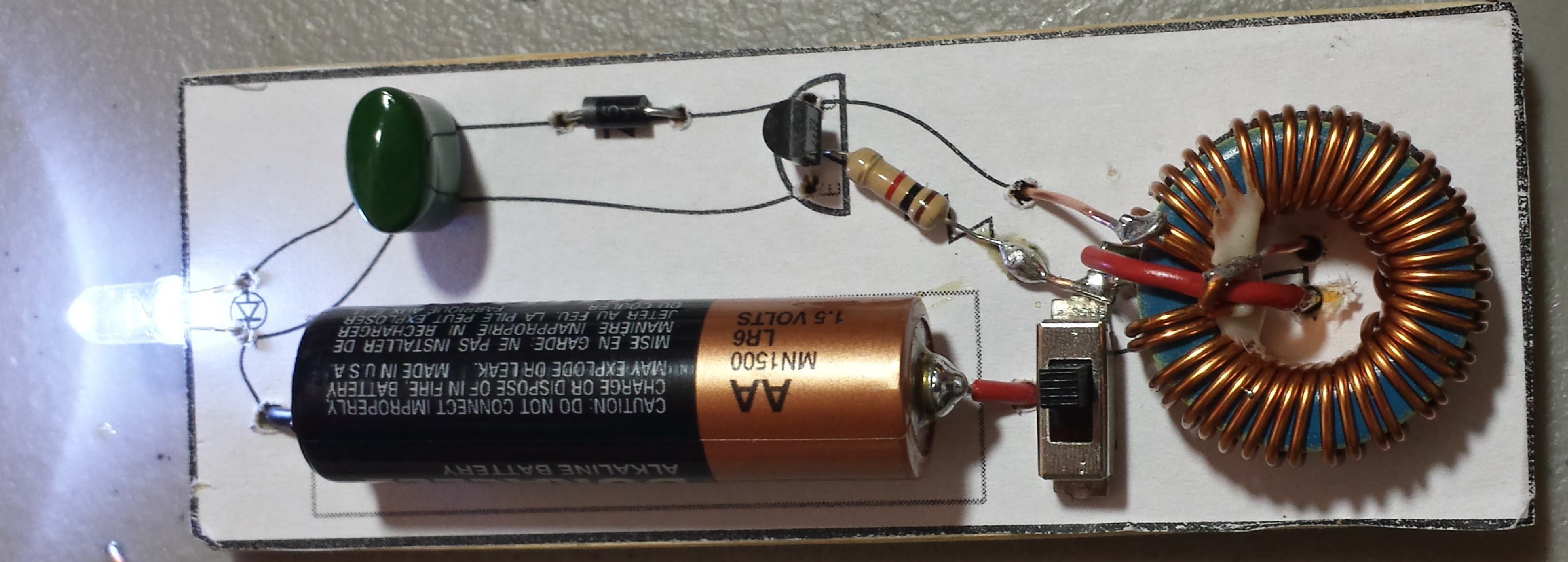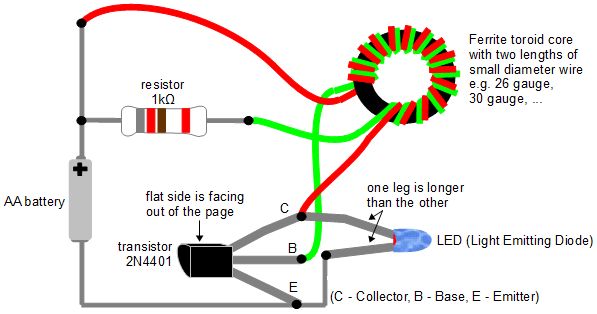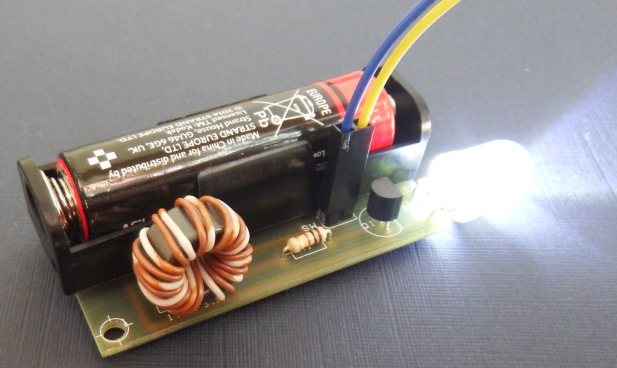The Joule thief, also known as a blocking oscillator, is a simple yet innovative electronic circuit that is used to efficiently power low-power devices such as LEDs and small motors. It is called a Joule thief because it is able to "steal" energy from weak batteries and use it to power devices that would otherwise not be able to function with such a low voltage.
The Joule thief consists of a transformer, a transistor, and a resistor. The transformer is used to step down the voltage of the battery, while the transistor acts as a switch that turns the circuit on and off rapidly. The resistor is used to limit the current flowing through the circuit.
To understand how the Joule thief works, let's consider a simple circuit that consists of a weak battery, an LED, and a resistor. When the LED is connected directly to the battery, it may not light up because the voltage of the battery is too low. However, when the Joule thief is introduced into the circuit, the transformer steps down the voltage of the battery and the transistor rapidly switches the circuit on and off. This causes the LED to flicker at a high frequency, which is too fast for the human eye to perceive. The result is that the LED appears to be continuously lit, even though it is actually being turned on and off at a very high rate.
One of the main advantages of the Joule thief is its efficiency. Because it is able to extract energy from weak batteries and use it to power devices, it can be used to extend the life of batteries that would otherwise be discarded. Additionally, the Joule thief is very simple and can be easily built using common components, making it an affordable and accessible solution for powering low-power devices.
In conclusion, the Joule thief is a simple yet innovative electronic circuit that is used to efficiently power low-power devices. Its ability to "steal" energy from weak batteries and use it to power devices makes it an efficient and cost-effective solution for a wide range of applications.







